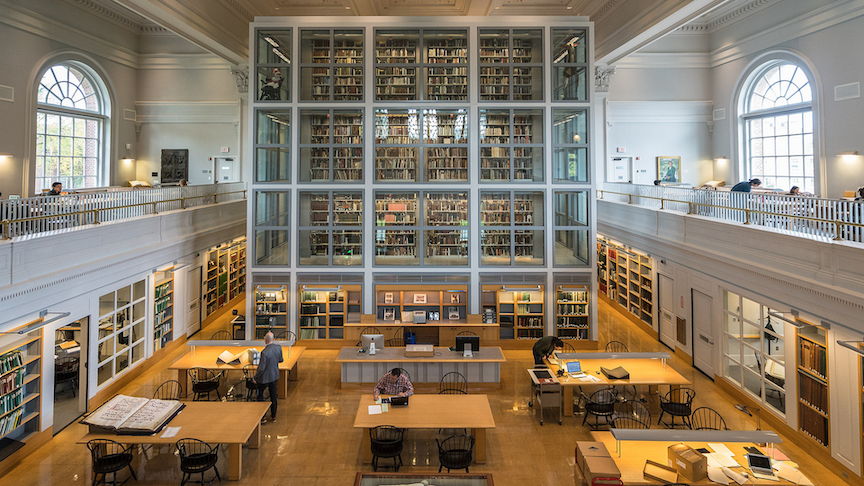One day in France in 1905, a tiny tragedy occurred. A small fly, attracted to a delicious pool of water, got too close to the surface, fell in, and drowned. Like the proverbial tree in the forest, the death of this insect made no sound and would have likely escaped all human attention if not for one thing: this was no ordinary pool of water. This was a papermaker's vat.
John Martin Mecklin, Class of 1939, traveled a lot. A few years after graduating from Dartmouth, he became a correspondent for the Chicago Sun in Europe, sending regular eyewitness accounts of developments in the war. After World War II, he continued as a reporter in Italy. Later he would have posts in Paris and in Saigon but today we're looking at one very specific achievement in world travel.
Well, we just managed to acquire something we always thought would be out of reach, but here it is, joining the collections, shaming everything around it for being too weak and mealy-mouthed. Despite its humble printing and ephemeral appearance, this is a document of revolution--a document not afraid to call out the oppressors and fight for rights. It is the 1848 Report of the Woman's Rights Convention held at Seneca Falls, N.Y., July 19th and 20th, 1848 printed by the local printer in Rochester.
















